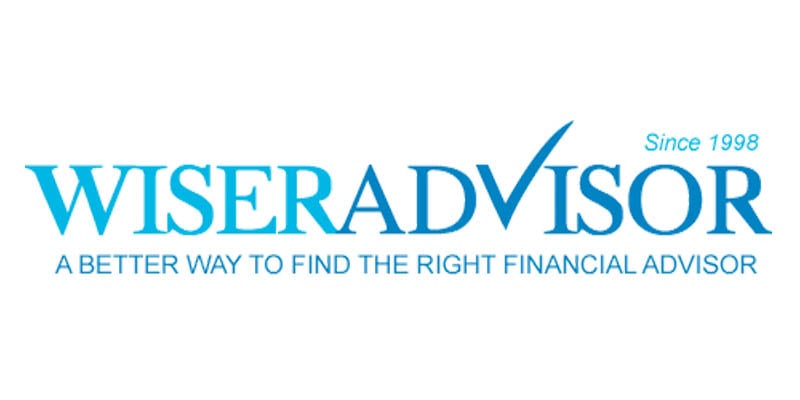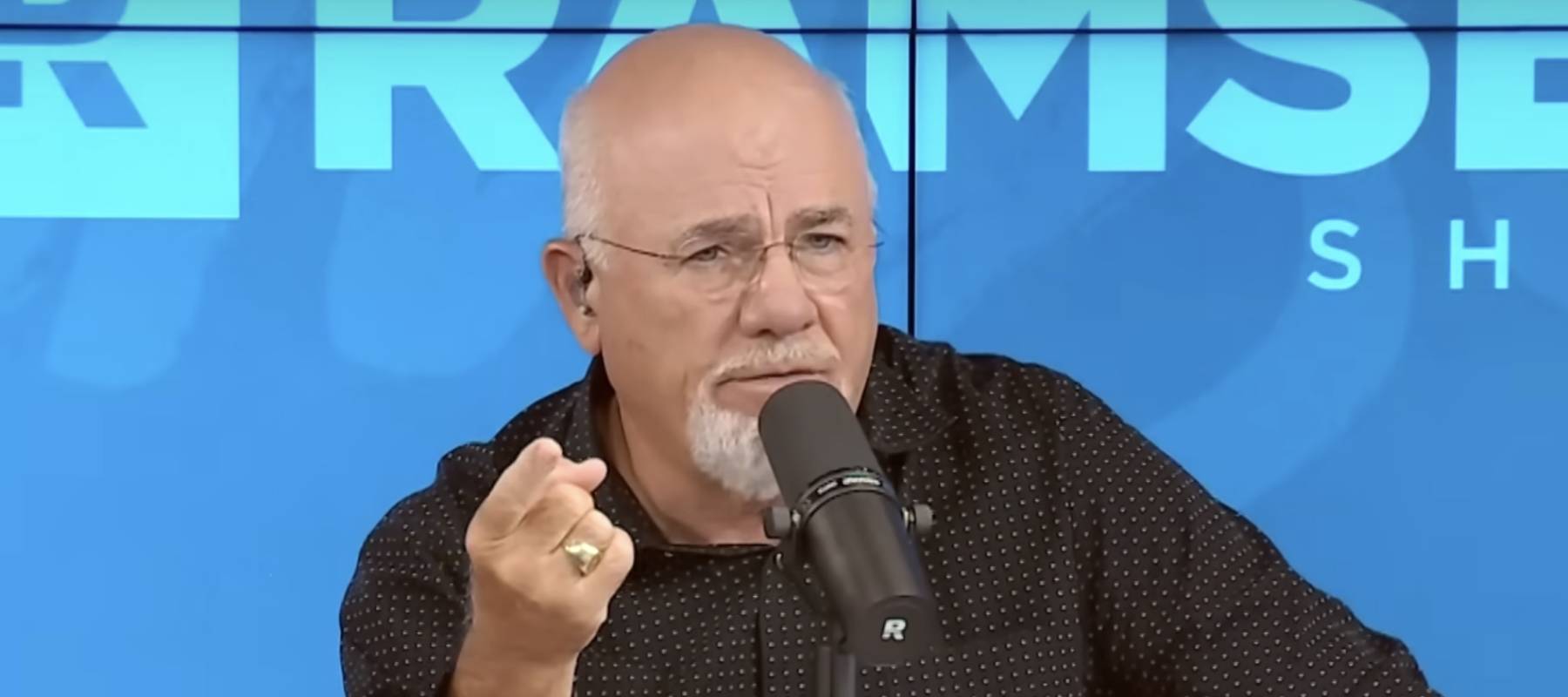We adhere to strict standards of editorial integrity to help you make decisions with confidence. Please be aware that some (or all) products and services linked in this article are from our sponsors.
401(k) investments: Should you invest in a 401(k)?

We take a look at the benefits of investing in employer-sponsored plan.
For most workers, their workplace retirement plan is their primary retirement savings vehicle. Perhaps the most prevalent type of employer-sponsored retirement plan is the 401(k). Let's look at 401(k) investments and how to make the most of it.
What is 401(k)?
Unlike a defined-benefit pension plan where the money you receive in retirement is defined by factors like your earnings and years of employment, a 401(k) is a defined-contribution plan. This means that the amount you are able to accumulate for retirement depends on several factors. This includes your paycheck contributions, any employer-matching or profit-sharing contributions, and the earnings from your investments.
How do you invest in a 401(k)?
1. Start investing in your 401(k) as early as possible
Starting early and continuing to contribute to your 401(k) throughout your career provides a huge advantage in accumulating a nest egg large enough to meet your retirement needs. The advantage of time and the “miracle” of compounding are two of the most powerful retirement savings tools available. Investing consistently gives you a tremendous leg up in your retirement savings efforts.
The great “miracle” in investing is the impact of compounding. Motley Fool published a chart that shows the impact of saving early. Saving $250 per month and receiving a 7% annual return would net you:
- $598,905 at age 65 if you start saving at age 25
- $283,382 at age 65 if you start saving at age 35
- $122,986 at age 65 if you start saving at age 45
This clearly illustrates the benefits of compounding and why it's important to get started with your 401(k) as early as possible. It's also essential to keep track of your fees to make sure you are setting aside as much as possible for your retirement. You can use a site like Empower‘s Retirement Planner to see if you're on track to meet your goals and if you can eliminate any fund fees.
You can also run your own calculations for various amounts on the U.S. government Investor.gov website.
2. Take advantage of 401(k) investment tax benefits
There are many tax benefits of a 401(k). You make contributions to a traditional 401(k) account on a pre-tax basis. This offers an immediate tax benefit for contributing. The investments in the plan grow tax-deferred until they are withdrawn in retirement, at which time you have to pay tax on the funds. You could be in a lower tax bracket at that stage of your life.
Many plans also offer a Roth option. With this, you make contributions on an after-tax basis. But the funds grow tax-free and can be withdrawn tax-free in retirement as long as certain rules are adhered to. For example, you can't take out money until after five years from the date of your first Roth contribution. Also, you have to be over the age of 59½ to take out funds. Note that company-matching contributions must still be made to a traditional 401(k) account per the rules currently in place.
3. Know the different types of funds offered in 401(k)s
Most 401(k) plans offer investments in mutual funds. But some offer other types of investments as well.
The Employee Retirement Income Security Act of 1974 (ERISA) requires 401(k) plan sponsors to offer participants multiple investment options. But the number and types of funds offered by 401(k) plans varies widely.
Some plans offer just a few choices, such as one or two stock mutual funds, a bond fund, and a money market fund. Others offer anywhere from 10 to 75 fund choices in a variety of asset and sub-asset classes. Some common mutual fund options include:
- Large-cap U.S. stocks
- Small- and mid-cap stocks
- International stocks
- Bond funds
- Money market funds
The plan may include funds that invest in large-, mid- and small-cap funds with a growth or value focus. Some even offer a blend of both focuses. Additionally, many plans offer both actively managed and index mutual funds. Some index funds track the S&P 500 index or another market index. Others track the total U.S. stock market.
4. Assess your 401(k) investment risk tolerance
When determining how to allocate your investments in your 401(k) plan, it's essential to assess your risk tolerance realistically. This may be partly formal and partly informal.
The informal part includes assessing how you react to market declines. Do you become anxious, or do you take it in stride? You should also consider metrics such as your age, your time horizon until retirement, and other factors.
Many finance websites provide more-formal risk assessment tools. These determine your level of risk by asking several questions and assessing your answers. These tools are only a guide but can be helpful when assessing your personal risk tolerance.

If you want a more thorough retirement planning service, consider using WiserAdvisor . You get the advantage of qualified and experienced advisers, and wth no fees to get started, you can browse your adviser matches with WiserAdvisor’s comparison tool and book a free consultation.
5. Diversify your 401(k)
Diversification is important within your 401(k) account in the same way that it is with your overall investment portfolio. Diversification keeps you from putting all of your eggs into one basket. A diversified 401(k) account includes appropriate allocations of stocks, bonds, and cash. With stocks, you might include allocations to large-, small- and mid-caps, depending on the investments offered by the plan. You might include foreign stocks, as well.
Many plans offer professionally managed account options of one sort or another. These might be target-date funds, managed accounts, risk-based portfolios, or other options. These types of options offer professional management and asset allocation for those participants who don't want to do this for themselves.
6. Avoid funds with high fees
Much has been written about the detrimental effect that high fees and expenses can have on investors. In the case of your 401(k) plan, high fees can have a severe impact on the amount that you can accumulate for your retirement.
Many studies and articles illustrate this impact. One study by Vanguard shows that an investment of $100,000 that is held for 25 years earns 6% annually, and has no fees would grow to a value of about $430,000 at the end of this period.
If, on the other hand, fees on the investment were 2% annually, the $100,000 would grow to only about $260,000. Some of the assumptions here are not realistic. But this shows the impact fees and expenses have on your investments.
As a participant, you cannot control the investments offered by the plan. You can, however, look at the expense ratios of the various investments offered and choose those with low costs. Index funds are often a low-cost option. These funds track a market index, such as the S&P 500 or Russell 2000. Index funds cost less due to the relative ease in management of these funds compared to actively managed funds.
Start investing in index funds with RobinhoodHow much should I invest?
The simple answer to this question is: as much as possible. The single largest component in determining how much you will have saved for retirement is the amount that you contribute over the course of your working career.
The contribution limit for 401(k)s in 2020 is $19,500, with an extra $6,500 catch-up contribution for those who are age 50 or over at any point during the year.
If you are unable to contribute the maximum, start with something. After that, make a commitment to increase your contribution by at least 1% of your salary each year. And make sure you are contributing enough to earn the full amount of your company's match if they offer one. This is free money.
Low-income saver benefits
Even those with relatively low incomes can benefit from saving via a 401(k) plan. Many plans allow you to get started investing with a very low percentage of your income, in some cases as little as 1%.
Some 401(k) plans offer default savings options. Some of these start as low as 1% of your compensation. They take this amount and invest it into a default investment option like a target-date fund. Some of these plans also use an auto-escalation feature that increases the amount of your contribution to the plan each year by a specified amount. Participants have the ability to opt-out if they choose. But this can be a great way to get started even if your income is low.
Take your 401(k) with you
Given that most of us switch jobs many times over the course of our careers, it's important to remember to take your plan with you. It's critical to make a definite decision about your 401(k) account when leaving your employer.
This choice might be to leave it in the plan if you feel the funds are outstanding and the costs are low. You might be able to roll the money over to a 401(k) plan with a new employer if their plan allows it.
A common option is to roll the balance into an IRA. This allows you to select your own investments from a broader menu. You can also withdraw the money, though this will generally result in significant taxes plus a 10% penalty if you are under age 59½.
Whatever your choice, don't ignore this money. Make a definite decision as to what to do with it. This is an important part of your retirement nest egg and should be treated accordingly.
Best 401(k) management practices
The best 401(k) management practice is to take charge of your plan and your investments. This means:
- 1.
Save as much as possible as soon as possible.
- 2.
Make investment choices, even if this choice is a target-date fund or other managed account.
- 3.
Be aware of the costs.
- 4.
Manage your 401(k) in harmony with other investments you might have outside of the plan.
- 5.
Don't ignore this money when you leave your employer.
Take advantage of your 401(k) and start saving early for retirement
With traditional pension plans going by the wayside, saving for retirement is increasingly our own responsibility. Employer-sponsored retirement plans are frequently the main retirement savings vehicle for many of us.
It's important to learn as much as you can about your employer's plan. What investment choices are offered? How much can I contribute? Does the employer match my contributions? Most of all, how does this fit with any other investments that I have for retirement?
The ability to save a portion of your paycheck automatically is a powerful tool. You don't have to write a check, and once you get started, you likely won't miss the money each pay period.





